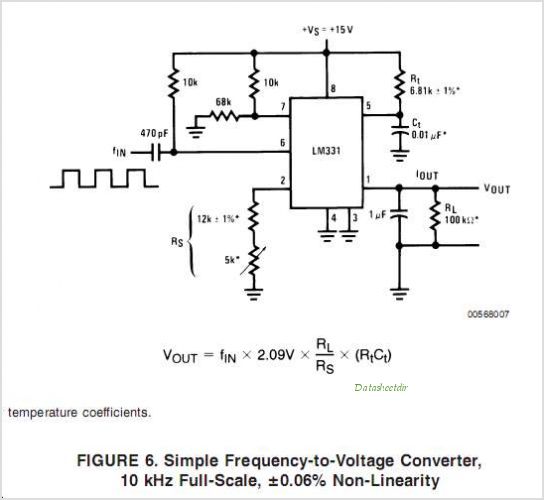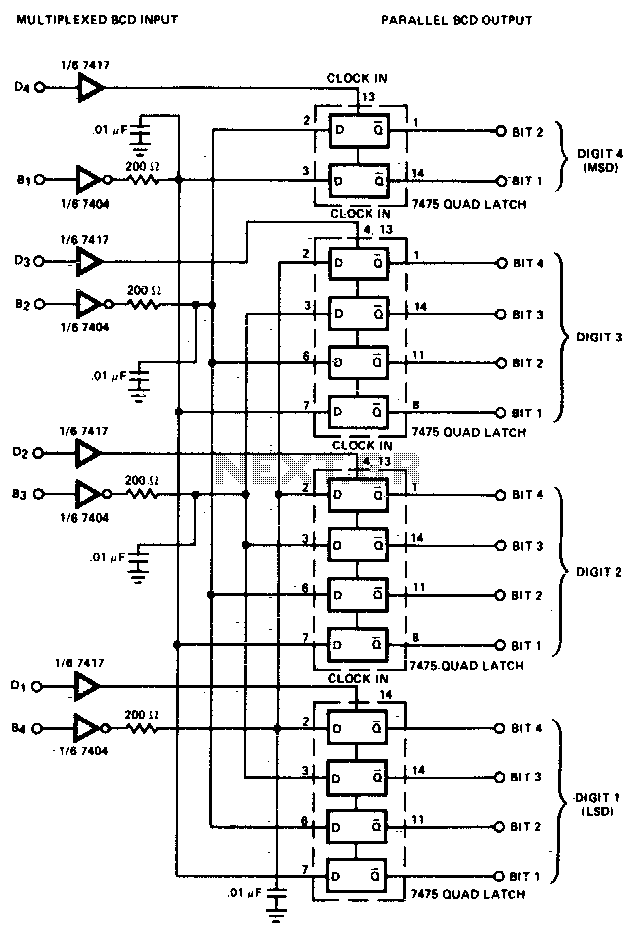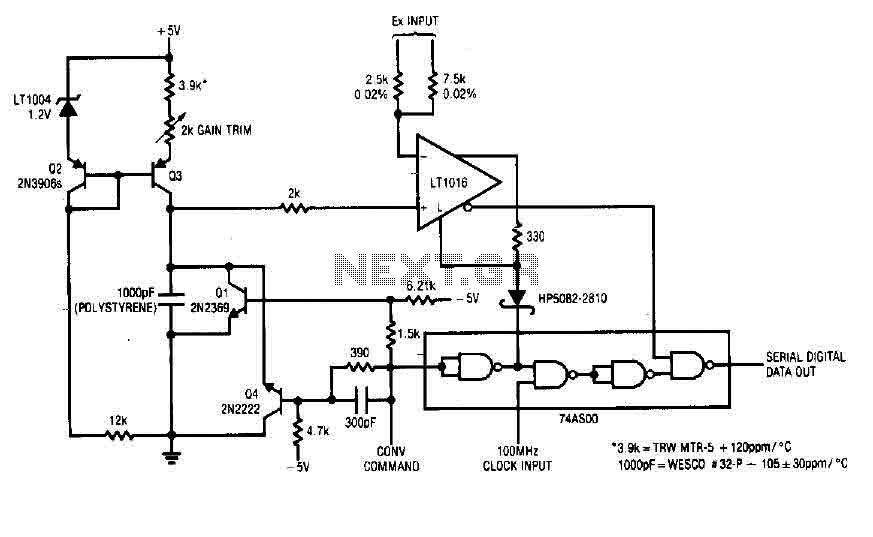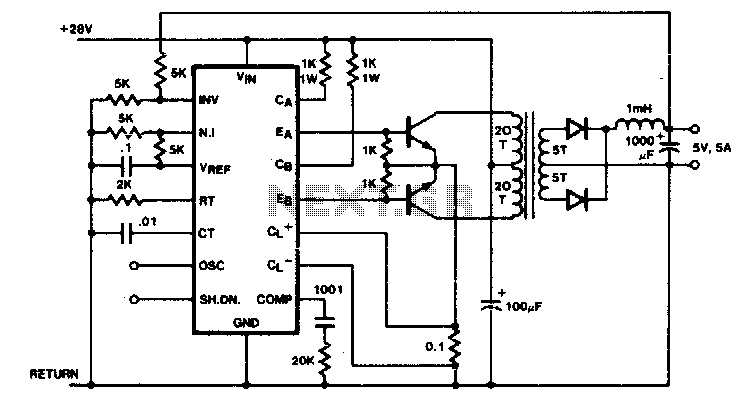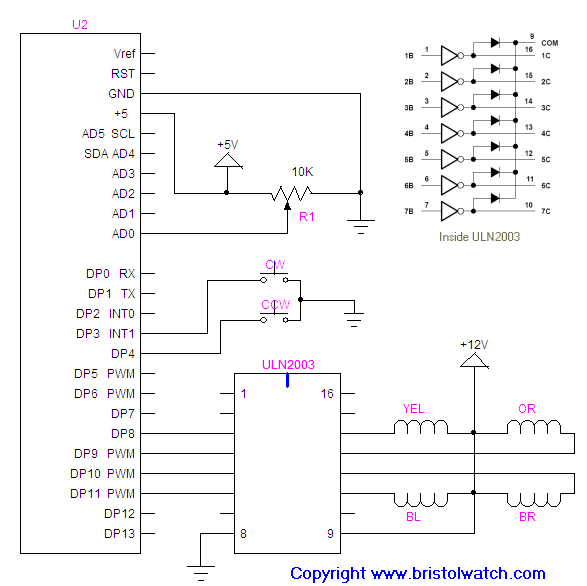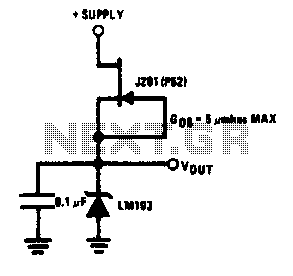
12V to 5V 3A DC converter step down Regulator
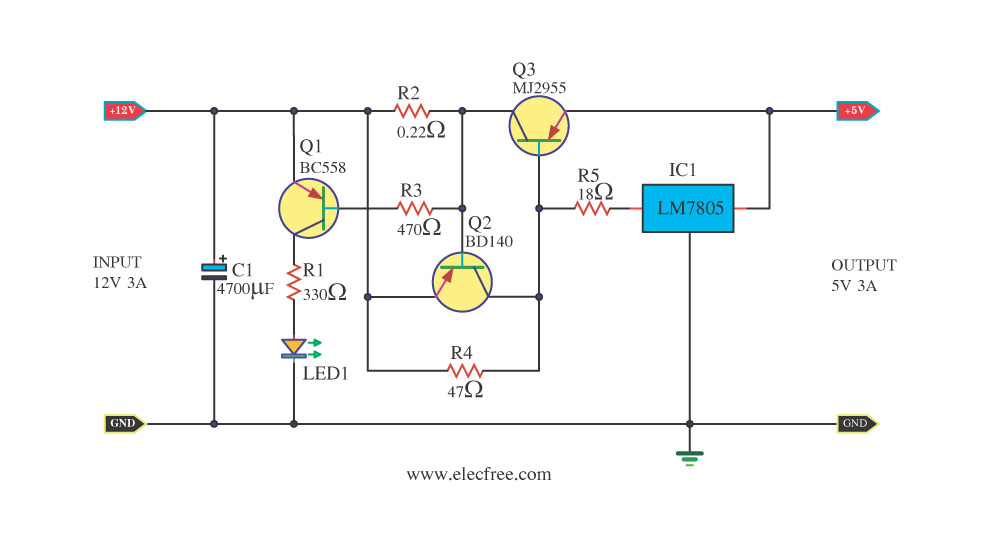
A digital camera has been purchased that is capable of capturing both images and videos. However, it has been reported that the camera has limitations related to battery life, which affects its operational duration.
The digital camera operates using a rechargeable lithium-ion battery, which is a common power source for portable electronic devices due to its high energy density and low self-discharge rate. The battery's capacity is typically measured in milliampere-hours (mAh), indicating how long the camera can function before requiring a recharge. The operational time of the camera can be influenced by several factors, including the resolution settings for both photos and videos, the use of flash, and the frequency of zooming in and out.
To optimize battery life, the camera may include features such as an LCD screen that can be dimmed or turned off when not in use, as well as automatic shut-off settings that activate after a period of inactivity. Additionally, the camera may support external battery packs or battery grips, which can extend operational time significantly for extended shooting sessions.
Users are encouraged to manage their settings effectively to maximize battery performance, such as reducing video resolution when high quality is not necessary, or using the camera's energy-saving modes. Regular maintenance, such as keeping the battery contacts clean and ensuring the firmware is up to date, can also contribute to better battery efficiency and overall camera performance.My friend bought a digital camera that can take pictures and videos as well. But he tell that it have restrictions is available not long the battery runs out 🔗 External reference
The digital camera operates using a rechargeable lithium-ion battery, which is a common power source for portable electronic devices due to its high energy density and low self-discharge rate. The battery's capacity is typically measured in milliampere-hours (mAh), indicating how long the camera can function before requiring a recharge. The operational time of the camera can be influenced by several factors, including the resolution settings for both photos and videos, the use of flash, and the frequency of zooming in and out.
To optimize battery life, the camera may include features such as an LCD screen that can be dimmed or turned off when not in use, as well as automatic shut-off settings that activate after a period of inactivity. Additionally, the camera may support external battery packs or battery grips, which can extend operational time significantly for extended shooting sessions.
Users are encouraged to manage their settings effectively to maximize battery performance, such as reducing video resolution when high quality is not necessary, or using the camera's energy-saving modes. Regular maintenance, such as keeping the battery contacts clean and ensuring the firmware is up to date, can also contribute to better battery efficiency and overall camera performance.My friend bought a digital camera that can take pictures and videos as well. But he tell that it have restrictions is available not long the battery runs out 🔗 External reference
